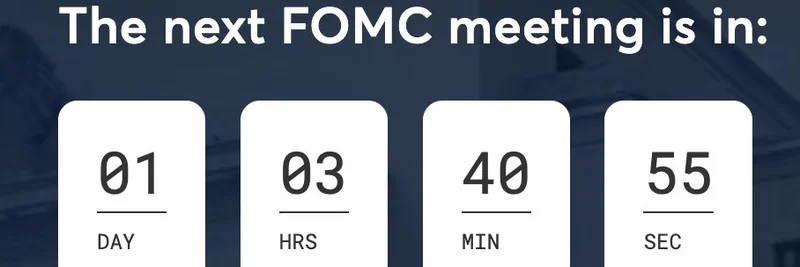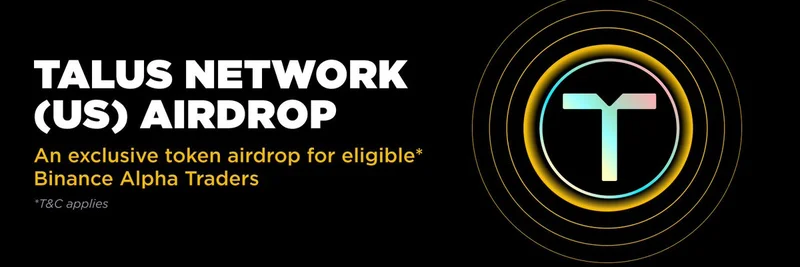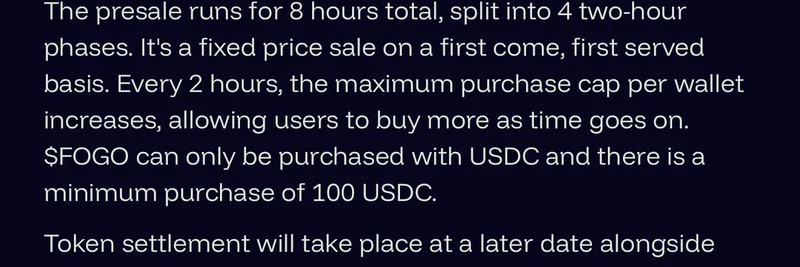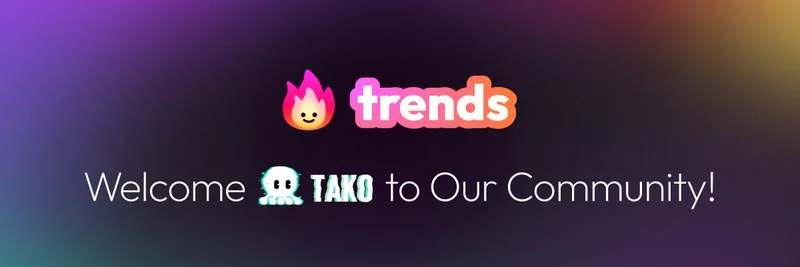In the fast-paced world of cryptocurrency, ideas that spark imagination can quickly gain traction. Recently, crypto investor Kyle, known on X as @0xkyle__, shared a thought-provoking post: what if Layer 1 (L1) blockchains tapped into their massive treasuries to pump money directly into their ecosystems, much like government stimulus checks? This simple yet bold concept could shake up the blockchain space, potentially supercharging development, DeFi projects, and even the wild world of meme tokens.
Let's break it down. First off, what are Layer 1 blockchains? Think of them as the foundational networks in the crypto universe, like Ethereum, Solana, or Binance Smart Chain. These are the base layers where everything else—smart contracts, dApps, and tokens—gets built. Many of these L1s have accumulated huge treasuries over time, often from initial token sales, fees, or ecosystem funds. For instance, Ethereum's treasury is managed through various foundations, while Solana has significant holdings from its early days.
Kyle's idea draws a parallel to "stimmy checks"—those government payouts during economic downturns aimed at jumpstarting spending. In crypto terms, this could mean airdropping funds to developers, users, or projects within the ecosystem. Imagine Solana distributing tokens to active wallets or funding meme token launches to drive viral adoption. It sounds fun, right? But it could also be a game-changer for growth.
Why This Could Boost Meme Tokens and Beyond
Meme tokens thrive on hype, community, and liquidity. If an L1 like Avalanche or Polygon decided to inject treasury funds, it could create a ripple effect. Developers might flock to build more engaging projects, including meme-inspired ones that capture cultural moments. We've seen how ecosystems like Solana became meme hotspots thanks to low fees and fast transactions—adding free money to the mix could amplify that.
Take a real-world example: during the 2021 bull run, projects like Uniswap airdropped tokens to early users, creating instant wealth and loyalty. Scaling that up to an entire L1 could foster innovation in DeFi, NFTs, and social tokens. For meme enthusiasts, this might mean more pumps, more viral campaigns, and ultimately, a richer knowledge base for traders and creators.
Of course, there are risks. Dumping too much money could lead to inflation or short-term hype without sustainable growth. Treasuries are often governed by DAOs or foundations, so decisions would need community buy-in to avoid backlash. Still, in a market where competition is fierce, this "stimmy" approach could differentiate L1s and attract top talent.
Lessons for Blockchain Practitioners
As someone who's navigated the crypto media landscape, I see this as a call to action for practitioners. If you're building on an L1, keep an eye on treasury proposals—platforms like Snapshot or Tally often host these votes. For meme token creators, aligning with stimulated ecosystems could mean better visibility and funding opportunities.
Kyle's post, shared on X, has already sparked discussions among investors. It's a reminder that crypto isn't just about tech; it's about economics and community vibes. Whether this idea takes off or not, it's fueling conversations that could shape the next wave of blockchain evolution.
In the end, injecting treasury funds like stimmy checks isn't just fun—it's a potential catalyst for the meme token renaissance and broader crypto adoption. What do you think—would your favorite L1 benefit from a cash infusion? Dive into the comments on Kyle's post and join the debate.




